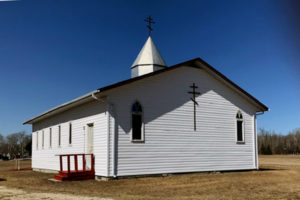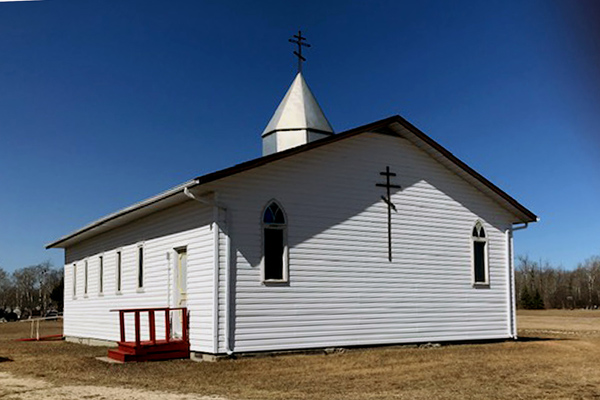 Pleasant Home is a locality southwest of Gimli in the Rural Municipality of Rockwood. It was established by the first wave of Ukrainians to come to western Canada, some of whom continued westward. The first settlers to the Pleasant Home area arrived in 1897.
Pleasant Home is a locality southwest of Gimli in the Rural Municipality of Rockwood. It was established by the first wave of Ukrainians to come to western Canada, some of whom continued westward. The first settlers to the Pleasant Home area arrived in 1897.
“Most of the first Ukrainian settlers came to Canada from Halychyna (where they were Greek Catholics) and from Bukovyna (where they belonged to the Orthodox Church). The Halychany settling in Canada were visited once in a while by Greek-Catholic priests, but the Vatican wished to attach them to the Roman-Catholic Church already in existence, which would have assimilated them. The Bukovynians arriving in North America usually incorporated themselves into the Russian Orthodox Mission, which was already in existence. Nevertheless, the Ukrainian immigrants desired to have a Church with a Ukrainian character, which would be closer to the spiritual and cultural needs of the Ukrainian people, and this led to the formation of the Ukrainian Orthodox Church of Canada.” (https://uocc.ca/about/history/)
These citizens of the two provinces of the former Austro-Hungarian Empire were subjected to a system of organised oppression, living in poverty on estates of wealthy landowners. Their land allotments were small, their taxes were high, and they had to serve for three years in the Austrian Army.
In Canada they had the government’s promise of a quarter section of land in return for a filing fee of $10.00, and loyalty to the new country. This was the same offer made to Mennonites in 1874 to settle in southern Manitoba, and to Icelanders in 1875 to settle in the Interlake.
One of the settlers’ priorities was to build a place of worship. A small group of them effected that. A church and cemetery came into existence on donated land at the north-east corner of 13-17-2E. St. Stephen’s Ukrainian Orthodox Church was begun and completed in 1903.
In 1913 that first cruciform log church was destroyed by fire. However, in the same year it was replaced by the current building. In 1967 the west end of the church was extended to accommodate the growing congregation.
The spiritual needs of the community have been catered for by a board since 1903. It consists of a chair, secretary, treasurer and five trustees. Membership is about 10.
Church funding comes from families of those buried in the adjoining well-kept cemetery, and from the sale of burial plots. A headstone to note portrays Mary and Jesus, with an Ukrainian inscription.
A monument beside the church bears the names of the pioneers who started the church.
Photographs by Olga Persoage, 2021
Published in Senior Scope, May 2021

